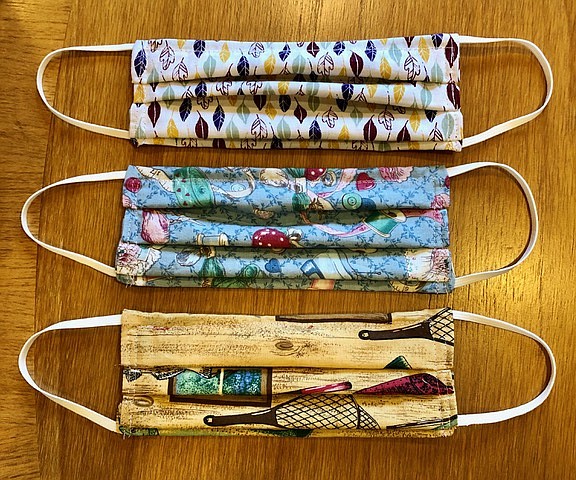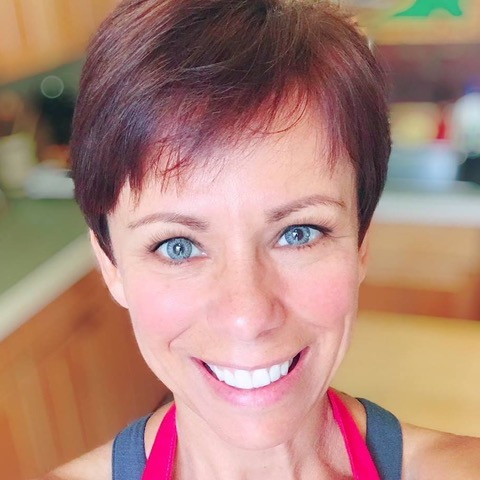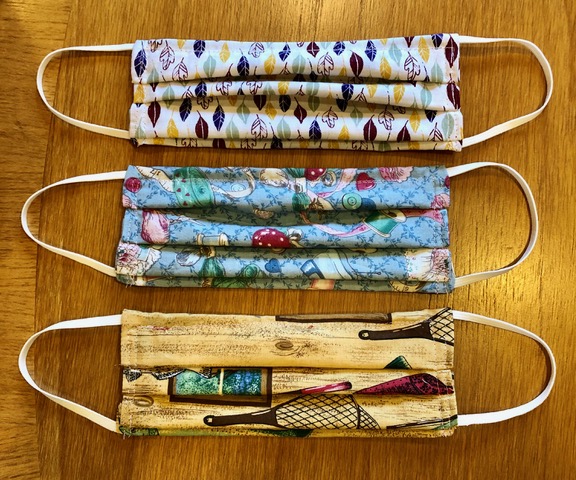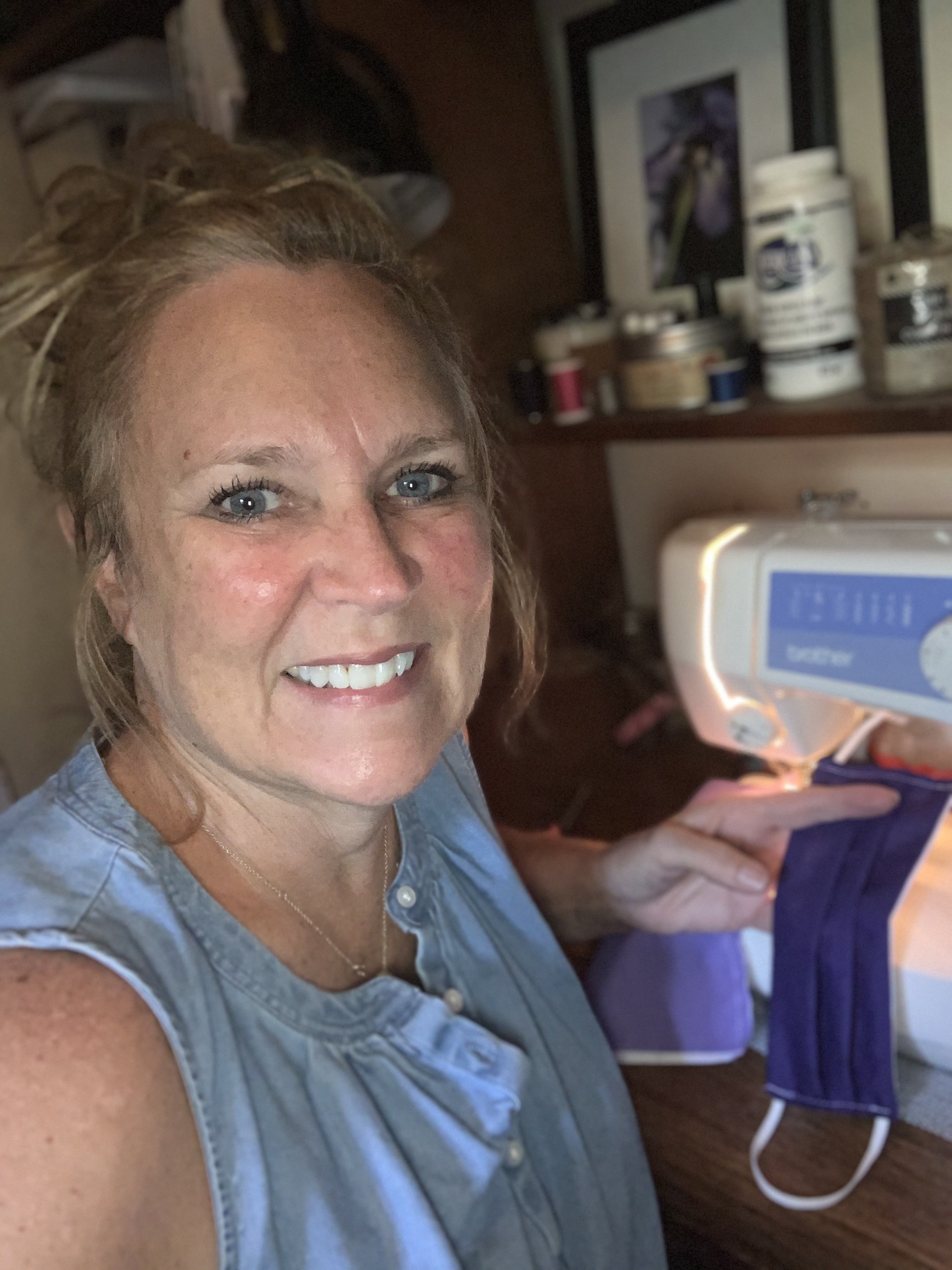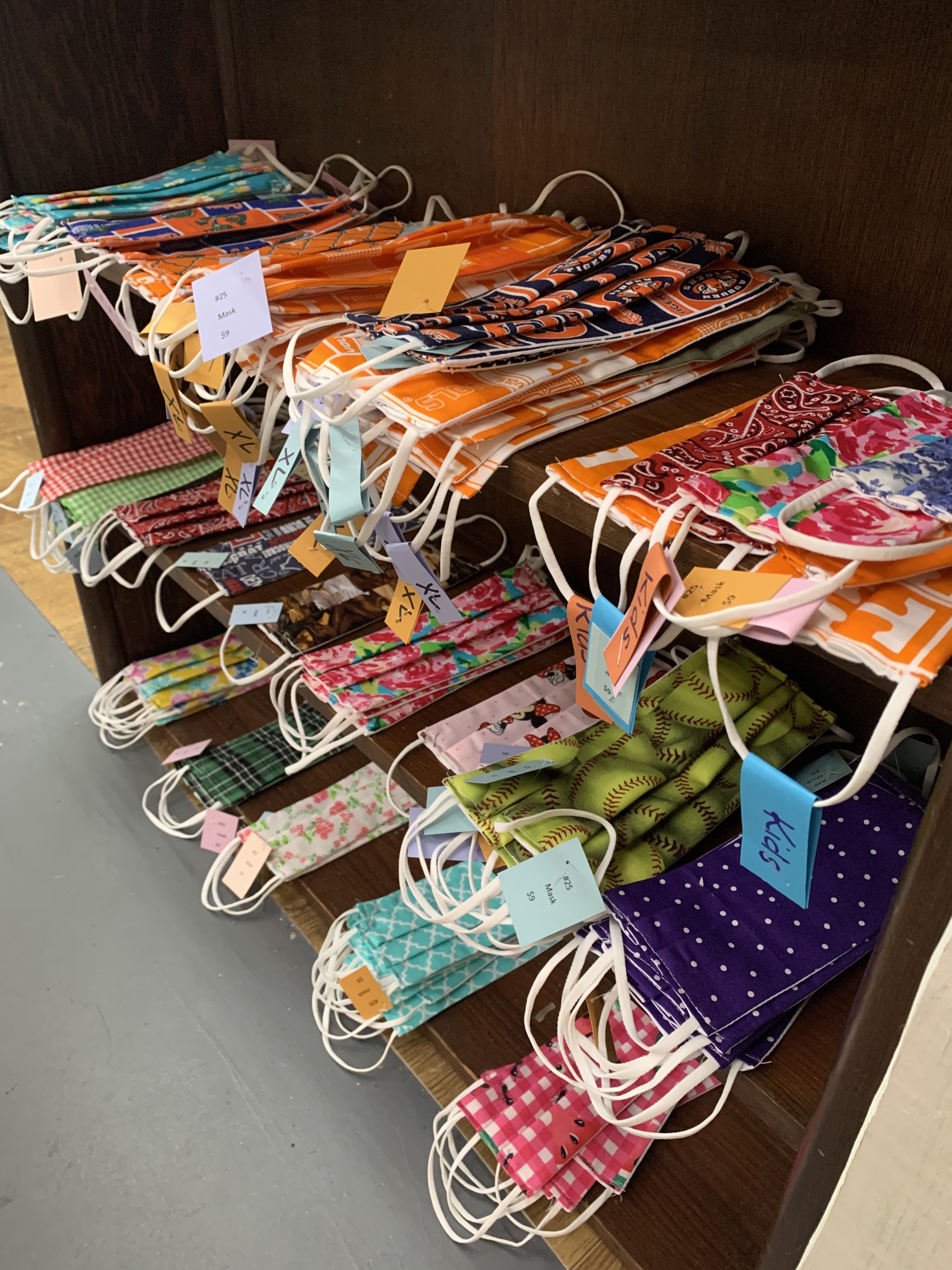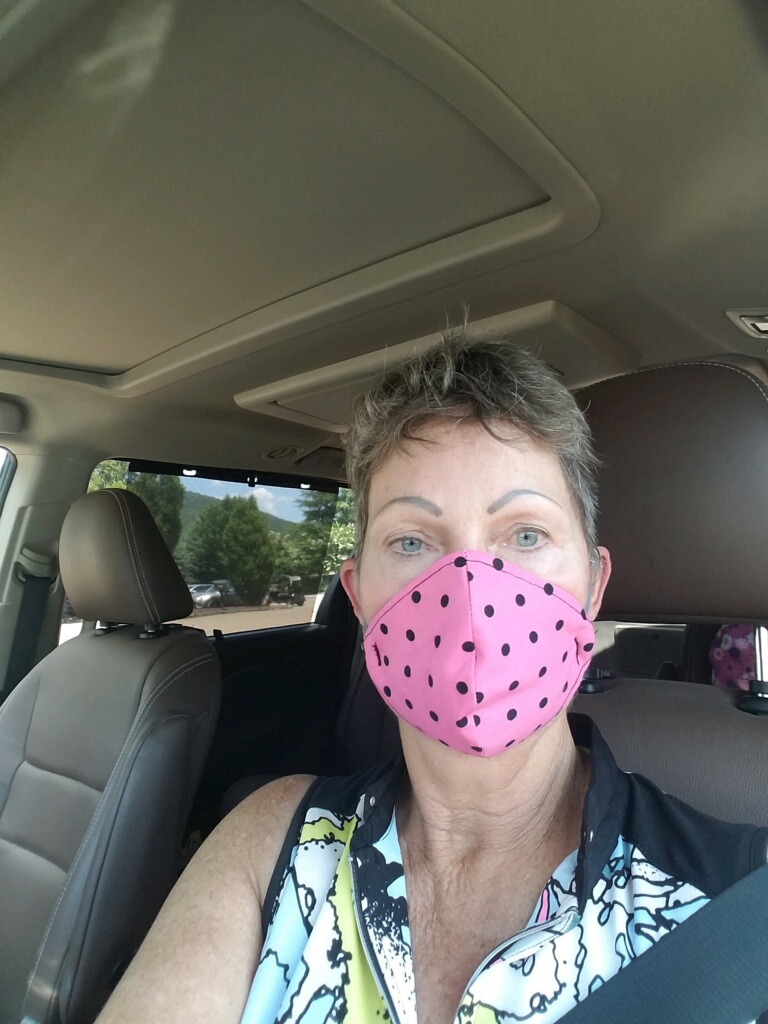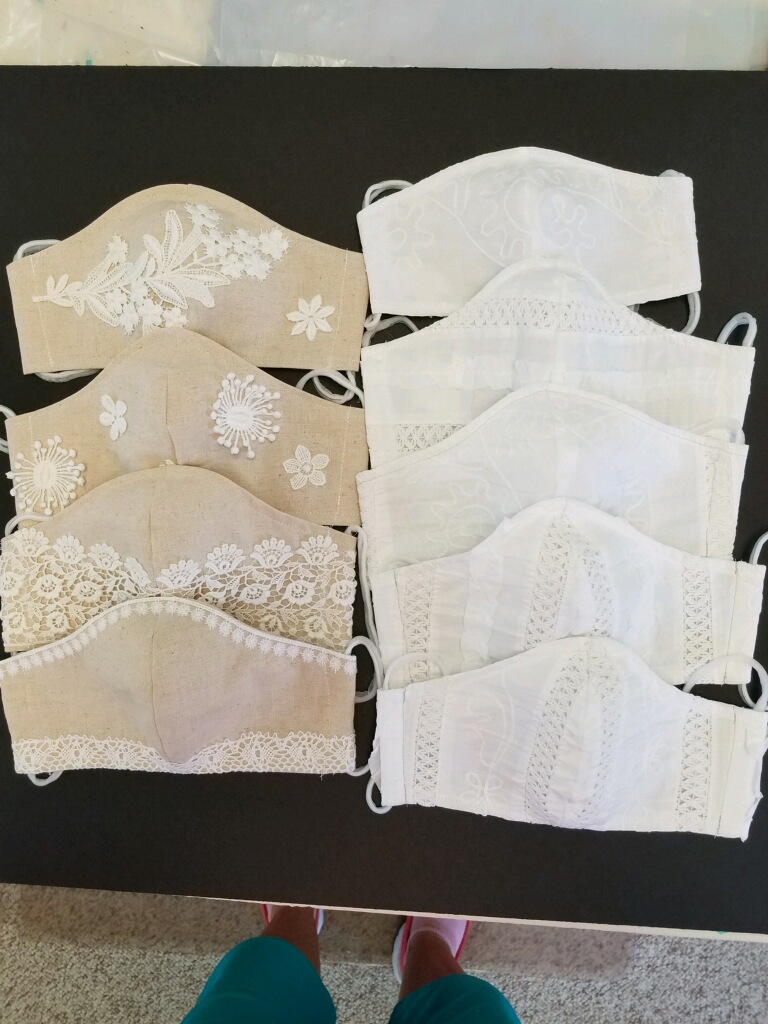In the early days of the coronavirus pandemic, the demand for personal protective equipment caused severe shortages of surgical face masks. With manufacturers unable to meet demand and hospital workers pleading for help, a cottage industry involving homebound sewers sprang up.
JoAnn fabric stores spearheaded one initiative. On March 23, the company opened its in-store classrooms, mindful of social distancing, to anyone who could help make essential items to donate to hospitals. Sewers had the use of sewing machines, materials and guidance to churn out these handmade supplies. Kits also were available for pickup for sewers to contribute to the effort from home.
In June, the company announced that more than 200 million masks had been made and donated. The next initiative is Masks for Schools. For every purchase of a premade mask, the company will donate one to a school in need.
Dozens of Chattanooga-area residents have been involved in the JoAnn campaign as well as similar personal projects. Their efforts have offered simple safeguards benefiting everyone from family members making a grocery run to health care workers on the front lines of the pandemic. Here are some of their stories.
ANNA CONRAD
The St. Elmo resident didn't expect to make 300 cloth face masks when the pandemic began, but the chance to offer support for medical workers compelled her to action.
* What started your effort? I own a small residential cleaning business. I was on vacation in February in Hawaii when COVID was just emerging as a problem in the U.S. I decided I would need masks to go into people's homes when I returned home. I have several clients with underlying conditions. I didn't want to be responsible for making anyone sick, especially those folks in higher-risk categories.
I also have a mother in a nursing home that I visited before they went on lockdown. I didn't want to get her sick. She has to wear masks too, and I made a batch for her out of some materials she picked. She is really proud of those masks! Everyone else at the nursing home is wearing the white surgical-type masks.
My husband wanted masks to wear when he went to the doctor's office or to visit his elderly parents. He is a business account executive, so he needs masks that are professional-looking too. He hasn't been flying for work since March, but he has a professional set of masks now for when his travel resumes. I recently acquired some Georgia Tech fabric to make some fun masks for him. He went to college there.
I sewed a couple of different types of masks and posted them on Facebook, just to share what I was doing. I quickly received a Facebook message from a friend who introduced me to a friend of hers [copied on the message], who was looking for someone to help out sewing masks. We went back and forth with messages, and I agreed to help.
* Who else was involved in the effort? After I got into it, Rondell Crier offered to help me sew. I sent a note to my neighborhood and asked for donations of material to make the masks. A large donation of elastic from one woman who sews her children's clothing came in. Cloth donations were made from five or six different neighbors. One neighbor donated a plastic grocery bag of thread. Two neighbors sewed masks and included them with my donation. They just sewed and dropped them on my front porch in a zip-lock bag to include in the donation.
Some of my clients offered cash donations for me to purchase any additional materials needed, for example the nose wire.
I am so grateful for the kindness of my neighbors and clients. I emailed the neighborhood each week to make sure to keep everyone up-to-date so they would know their donations were being used. JoAnn fabrics also allowed me to pick up several yards of fabric for free as part of their mask-making efforts.
* Any changes in course along the way? A physician friend of mine who was also sewing masks gave me some tips. For example, she suggested I include the nose wire across the top to help the mask form to the face. She also suggested I include an inside pocket for insertion of a filter. A couple of other nurses shared patterns with me. I refined the pattern I settled on with a couple of prototypes tested on family and friends before committing to a large run of the masks.
* How was your effort received? A couple of neighbors who are in the medical profession thanked me profusely for organizing the project.
* What pattern did you use? I used the rectangular pleated mask pattern with a nose wire sewn in and an interior pocket. I started with the mask that Vanderbilt [Medical Center] suggests and altered it based on feedback from my physician friend and real-world testing with family and friends. I used quilting fabric - two layers with a pocket inside to insert a filter.
* How long have you been sewing? I have been sewing since I was 5 years old. My first project was in 4-H. It was a green-checked cotton apron that ties around the waist. So I guess I've been sewing for 48 years. My mother is a gifted seamstress. My paternal grandmother was also a gifted seamstress. They both saw to it that I could sew too.
* Would you say you are philanthropic at heart, or did this just speak to your good instincts? This is probably the first large project I've done that might be considered philanthropic. I didn't look at it that way when I started. Someone said they needed help, I had time and the skills to help and was able to find the resources to do it, so I did. That word, "philanthropic," feels like something wealthy people do, and it gets a lot of attention. I would say I'm "open." I do contribute to the welfare of others when an opportunity presents itself and I can help. Usually my efforts are more one-on-one with people I know need help. I would prefer to do it anonymously or with little fanfare.
ANITA WATKINS
The Hixson resident says she hasn't kept up with exactly how many face masks she's made, but "I'm sure I'm over a thousand." Rather than donating them, she sells them in a vendor booth, The Painted Daisy, at Vinterest Antiques in Hixson and gives the money to Hospice of Chattanooga.
* What started your effort? I started the first week of April. I knew my family needed them, then somebody else said, "I want one." It grew from that.
* What pattern do you use? Mine are very simple masks. I don't put the wire over the nose; I don't put a filter in. I made some that tie in the back, but I still go back to elastic [bands over the ears]. The elastic I use is polyester, very soft and comfortable to wear.
* Any changes in course along the way? My first few masks were not good. After you make a thousand, you get the rhythm going.
Fabric is kind of getting not scarce, but picked over. All the good stuff, the fun stuff, is gone. [Stores] were not prepared on fabric or elastic or thread. Elastic is very hard to find. I order mine over the internet. [Some stores] are rationing certain fabric so they have enough for everybody. I think more people would make them if you could get supplies.
* What's your process? I usually cut all my elastic and all my triangles out and stack it up. I make an assembly line. I have figured it out. It takes me about six minutes. I can make 10 in an hour, start to finish, but I usually don't do it like that. I get my assembly line going. I cut one day. The next day I'll sew. The last part is piece it all together and iron it.
I use a rotary blade [instead of scissors] for cutting. I lay out the fabric on a grid on a pad and I can cut a lot at one time. That's how I cut my elastic too, instead of snipping every 7 inches.
* How long have you been sewing? When I got married 37 years ago, I got a sewing machine. I do crafty things. I don't make clothes, I just sew crafts.
* Which of your masks are most popular? Kids' masks sell really good, and women's masks. Men's started selling after the mandate [that everyone in Hamilton County be masked in public]. I make those larger. Everybody's got a different size face.
EVELYN MARIE WILLIAMS
The Soddy-Daisy resident says she got involved with the national mask-making effort coordinated by JoAnn stores after responding to a Facebook post by another local sewer. A third woman, whom they met in line, also put her plans on hold that day to join their effort, one of many that have been ongoing at the store.
* What role did you play in your group of sewers? We were all three so different, with all different gifts and tasks to do. I started putting up Facebook posts: "Hey, Bible study groups, sewing groups, book clubs, home-school moms. We're making free masks for health care workers." It eventually turned into first responders and essential [workers] we sewed for.
For pretty much the whole month of May we made masks. We worked together but we were doing our own thing. Gift cards would come in [from donors] so we could buy fabric. There was a continuous string of people picking up masks. According to the manager, at last count they'd given out over 8,000 masks [made by various groups]. I personally didn't make as many masks because I was busy distributing fabric and picking up masks. I'd pick up hundreds of masks from some of these groups, and we'd check off our list who we would take them to. It turned out to be a great accomplishment overall.
* Any changes of course along the way? Sometimes we had to make do. Often there was no elastic available. We'd get whatever stretchy product we could find to make ear loops.
* Any memorable customers? After so many weren't needed for health care workers, one of the hardware franchises said if we could make them 500 masks, they would donate $500. That's a lot of money; $500 will make many, many masks. It took us a couple extra days [than they requested], but they did donate the $500.
One little nurse would come and pick up some and always give us money [to make more]. Most of the nurses were trying to get a mask to preserve their one N95 mask, if they had one.
* Has your involvement shifted? Once the demand was gone, it felt so wrong to make them to sell, but there was no reason not to after a certain point.
* Any favorite designs or patterns? I ended up with three or four different patterns I use, and I've made almost 800. My style [of masks] is more fitted. It is two-layer and 100% cotton.
I love color because I'm an artist. I like the really fun, bright, colorful ones. I also have solid black ones for men. Men won't wear SpongeBob SquarePants.
I've now started making fancy ones with lace or out of linen or eyelet that you could wear to weddings.
READ MORE
* We Over Me: Borne of the pandemic, grassroots benevolence organization takes its first steps
* How do virtual fundraisers compare to the in-person events of years past?
* Philanthropy in times of crisis: How will the coronavirus affect giving?
* A glance at how the pandemic has impacted Chattanooga-area nonprofits dependent on volunteerism
